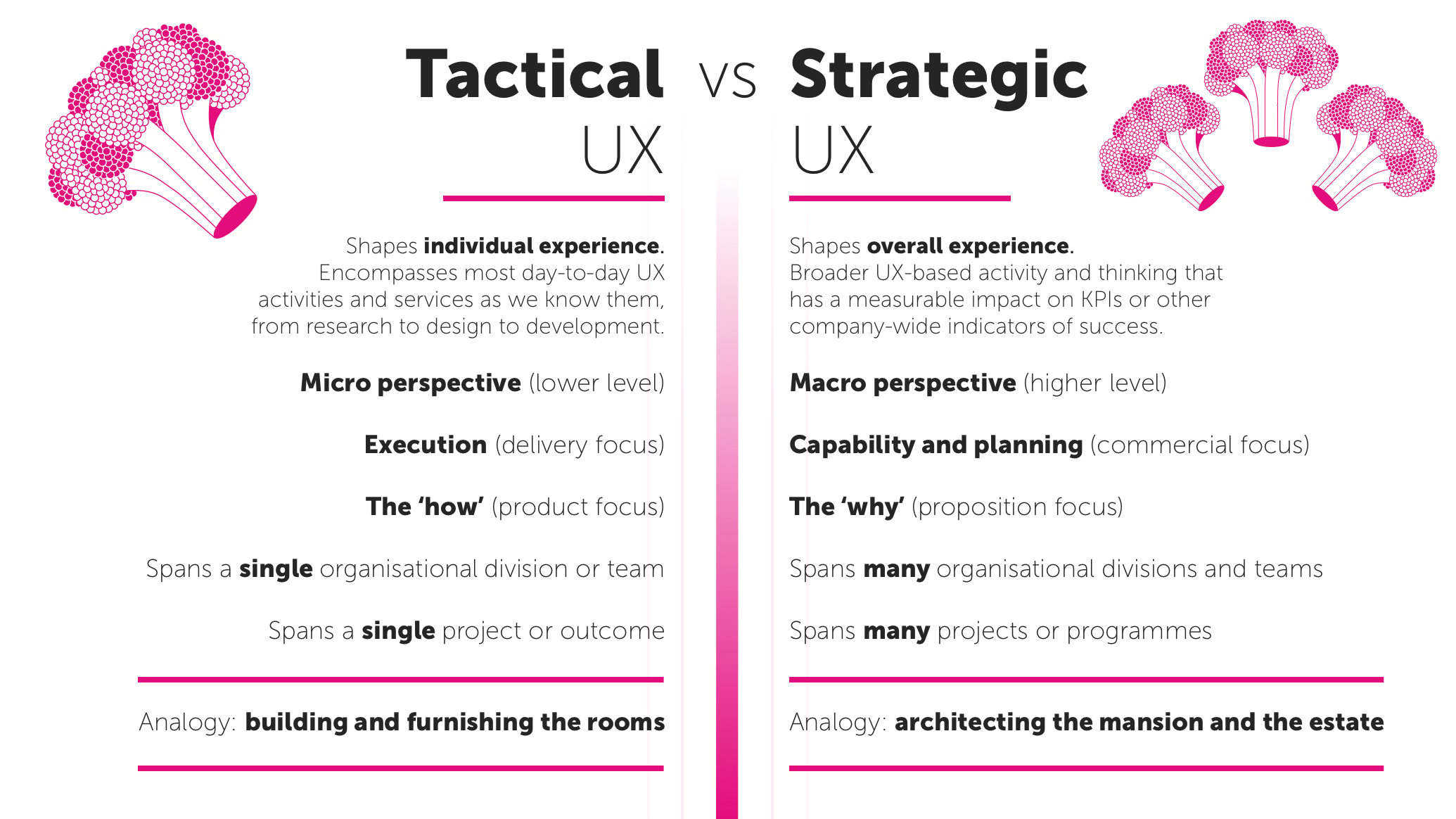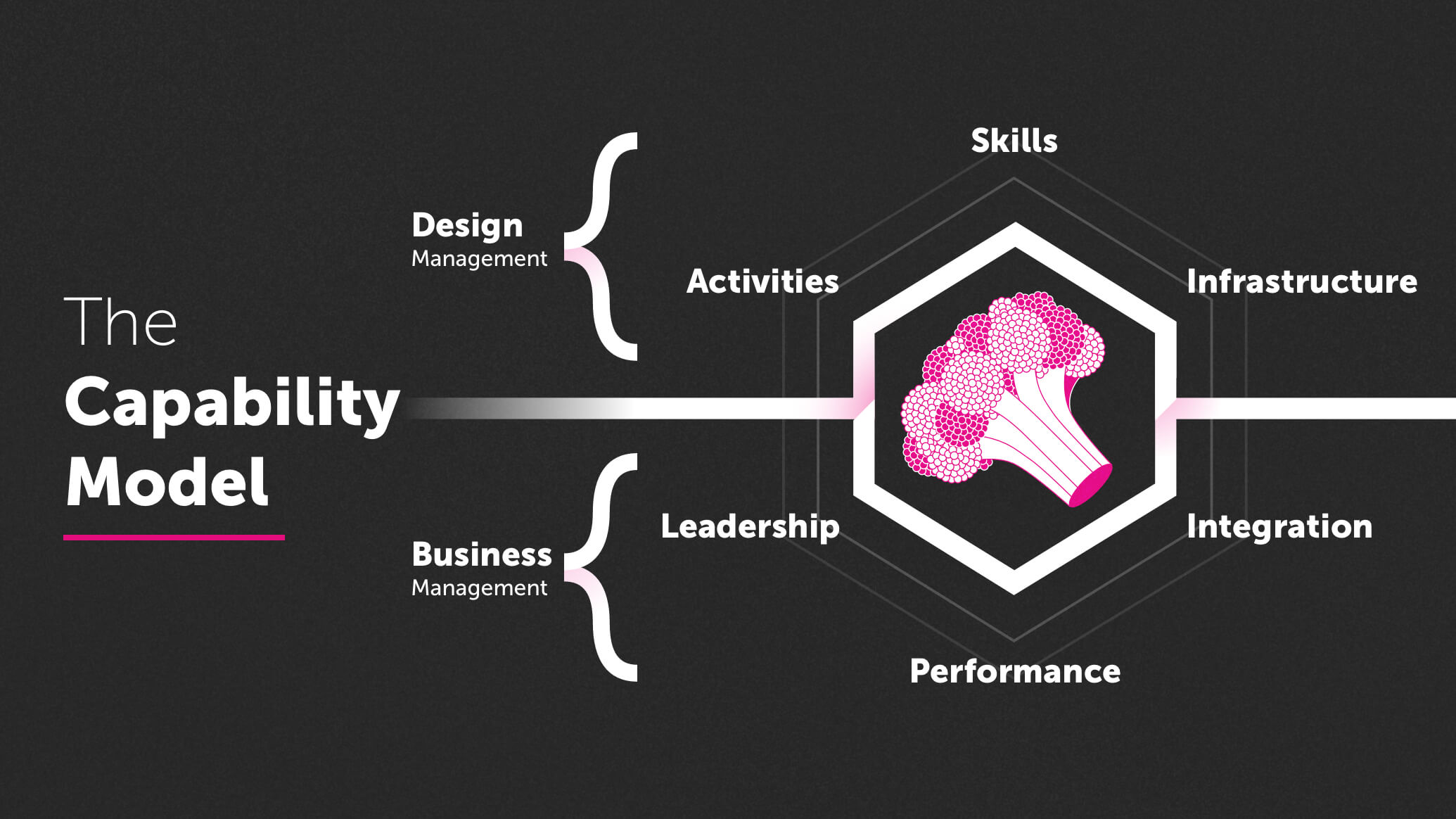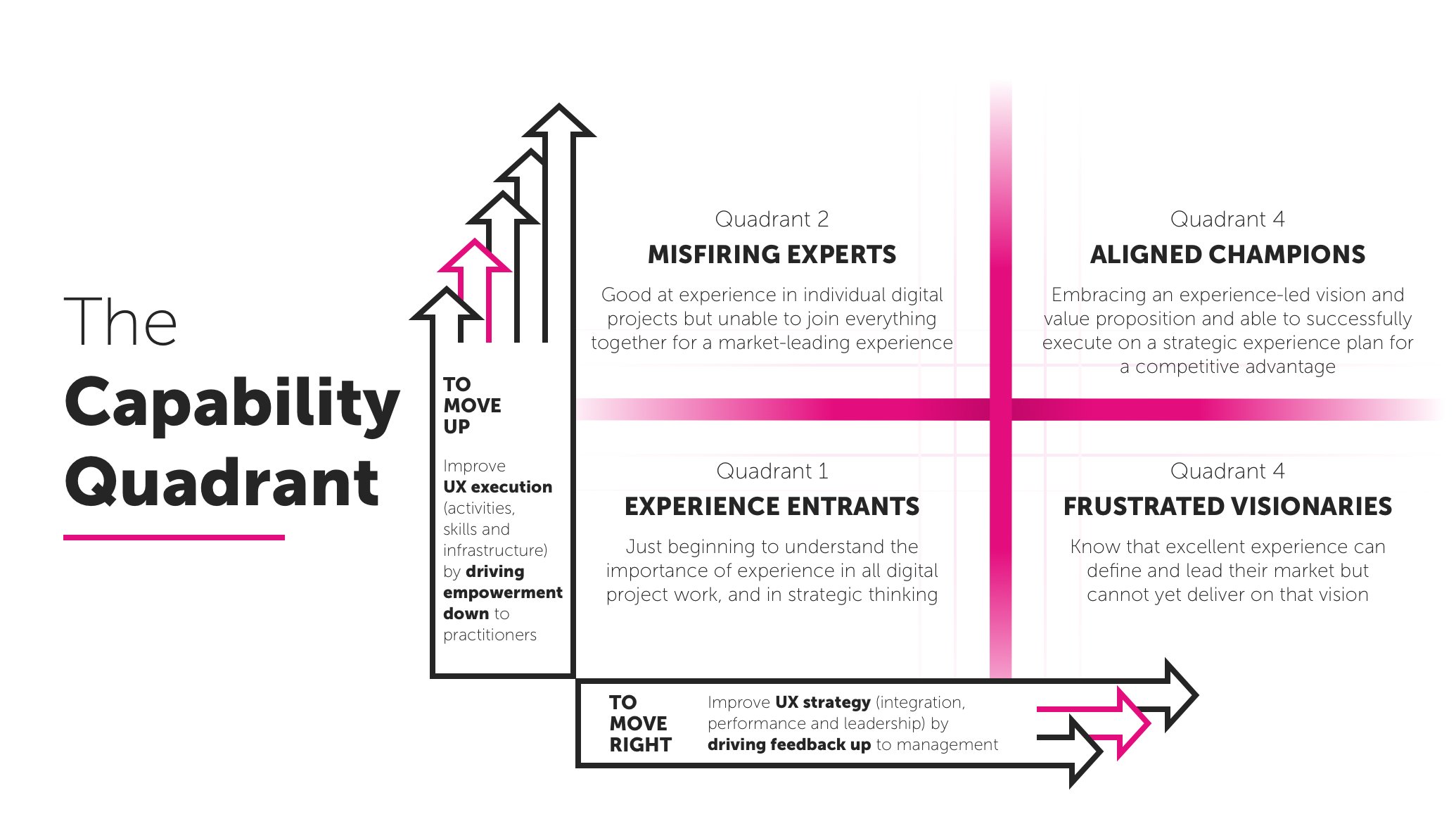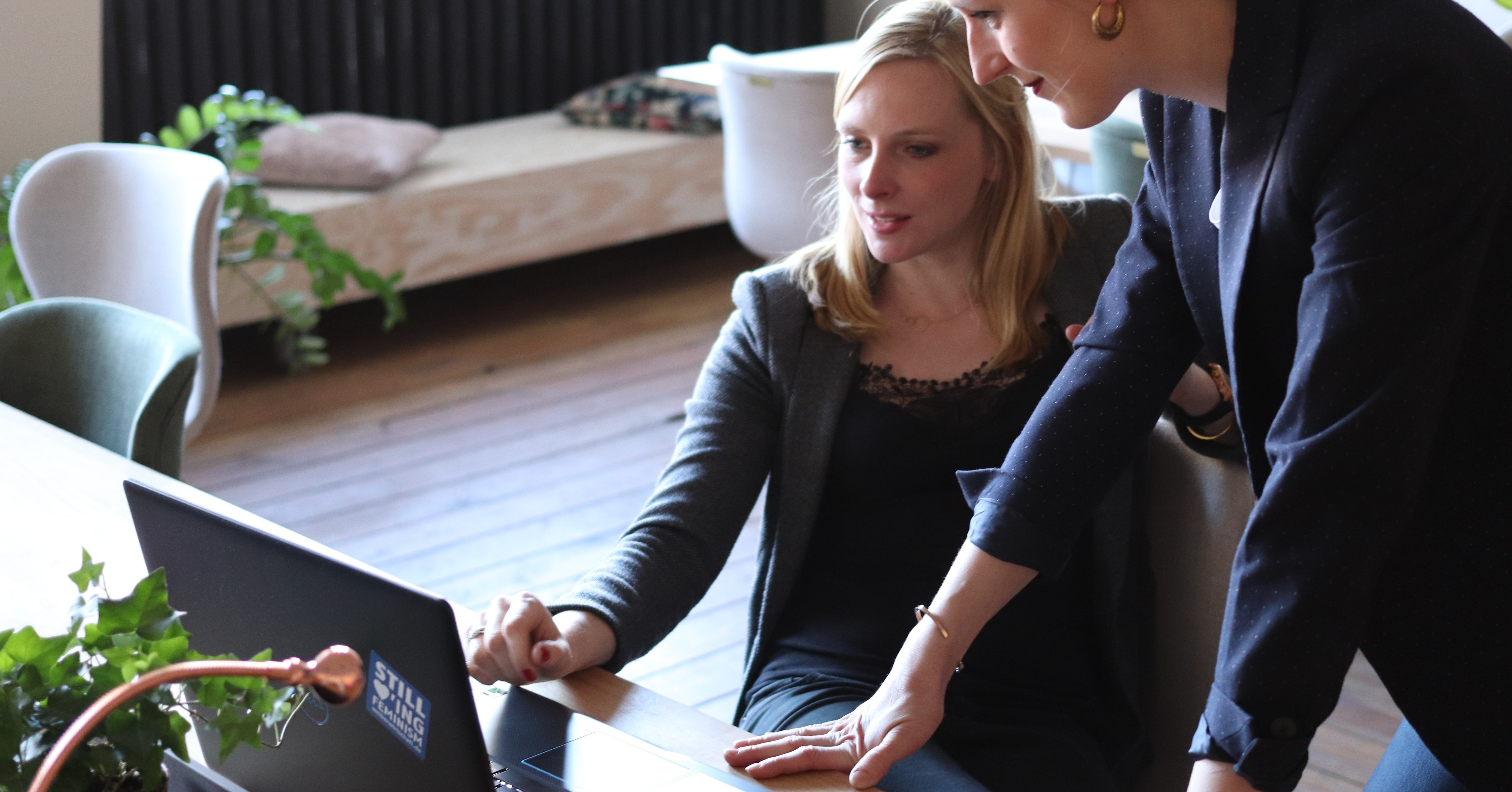Be More Cauliflower
Many years ago, an interim CMO of a famous motoring brand gave a very interesting talk about how he saw the (their) brand scaling in the future. He wrote a few things on a flipchart and paced the stage a little, but then paused and asked the audience what their favourite vegetable was.
As a bemused audience looked on, he turned about and produced a cauliflower from a bag, holding it aloft as if he were about to recite ‘that’ line from Hamlet.
He then spoke about how he wanted the brand to grow to represent the form of a cauliflower. He broke off florets from his specimen and argued that the very essence and excellence of a brand was often found in small florets – small teams of excelling individuals within an organisation, though often fighting their own small corner. His argument was that to scale successfully, to take all the good and none of the bad, we all had to combine many florets across the business and then we would create the ideal brand - or ideal cauliflower form. This would mean that a floret’s integration, infrastructure, vision and the very best work would be replicated through the structure. Customer or member ‘first’ activities would then be so similar, consistent and understood across the many smaller florets that together, this would make the whole and operational excellence would be a default.
If you want to scale – and scale successfully, you need to replicate the skills and success found in small units so that they can come together as a cohesive and focused entity
So, finding the perfect floret to then study as a microcosm of the cauliflower itself, was the way forward. Applicable to standards, culture, sales, growth as a whole, excellence would be assured.
The cauliflower metaphor works well because it neatly shows how a holistic perspective can be applied, and help an organisation achieve success by working on the parts. If the parts are homogenous in nature to the whole we have alignment, and with it integration, meaning that there is consistency in being applied multiple ways: a sure antidote to successful scaling.
He ended his talk in compounding his praise for the humble Brassica by saying that cauliflower was a great example as it was easy to handle and incredibly nutritious; though being 90% + water, the nutritional elements were ‘all power’ and magnified the impact of the value.
Both his position and his viewpoint were of course from that of a (very) senior Marketer and we reveal a little more here by saying that this talk was actually given 5 years before the launch of the iPhone. A time when most of us were getting excited about 2MB broadband, boot-cut jeans and friends reunited being all the rage.
If we fast forward 16 years, the marketing channels and the channels to market may well have shifted; what makes up – and how the concept of the cauliflower is digested - by end users in 2021 where user experience is champion certainly has, but the relevance of the message remains.
Identifying the floret
It’s very common to come across small, skilled teams with ‘design’ or ‘experience’ in their titles, working in large organisations with a broad remit; often, attached to a Marketing or IT owned hierarchy, too. Within themselves, as a solus unit, they will often display much of what an ideal small floret (as the brand) should look like, with perhaps one or two small stalks missing. The values are displayed, outputs are strong, they operate really well but are not sufficiently linked to the bigger picture or able to be scaled for the right outcome.
Speak to those in these florets away from the daily grind and they will invariably display the right passion and give a solid perspective on how the end user experience or the design thinking of their brand needs to be. They will have a good level of skill; they will work well with others outside of their immediate team and they will have some form of suitable infrastructure, but they might be missing leadership or the ability to execute the best range of activities. Perhaps, their remit and even job descriptions may even be off-beam.
They will also get frustrated when they talk about ‘spreading the word’ or getting others across the organisation to think. In short, they call out the inability to scale. You might read this and consider yourself to be within such a structure.
The challenge is, therefore, where do you begin to extrapolate these skills and abilities you find in smaller units for greater organisational impact? How do you scale, especially in a digital, experience minded state where user’s expectations are going vertical? The premise here is that value is always supported by scaling.
Scaling the floret
Taking ‘putting experience at the heart of a brand’ as a theme, we can look at this a little.
When an organisation implements a user centred programme of work, they earn a right to call themselves strategically experience-minded. Doing so displays a level of not just digital – but UX – maturity that has underpinned the greatest brands on the planet (Yes, think Apple, Uber, Spotify, etc.). What tends to happen closer to home is that most organisations simply look to small florets of capability by thinking shorter-term and chasing tactical improvements, much to the chagrin of those tasked to deliver the results. This is because it is easier to avoid improvement. Organisations do what they do because this is what they know. Even when they should adapt and change. What manifests is small projects are run in the hope of having an impact, but the florets can only effect outputs and have little overall affect on the outcome. There simply isn’t enough fuel in the rocket to hit the moon; florets may deliver some great design excellence on a tactical basis, but then the opportunity is to break out into full Strategic mode where excellence can be replicated. The challenge is to create that cauliflower. So, you can encourage scaling, consistently.
Focus on integration
To help show the floret versus cauliflower, we can summarise which is which by looking at what Tactical UX is versus Strategic UX.

So, if you recognise the tactical UX column, you are likely to work in, with or know of such florets. They may or may not – in your eyes – do it well. If you recognise the importance of the strategic UX column to frame product and service delivery then we should talk, because we think strategic UX will have an increasingly important role to play. This is especially the case with the accelerated push towards digitisation. We believe the future of the experience design craft is focused on applying experience design services strategically, or as we say at Nomensa - solving business problems with experience design.
How do you assess where you are? How do you know what to do in order to be a better floret before moving to scale up to the mother Brassica?
Well, it’s more straightforward than you may think. First, you have to take an independent and objective assessment of your capabilities, culture and the vision you want to achieve. Why is this the first logical step? Because you need to know where you stand. You have to understand what to change so you can improve. This is key factor in the quest to developing better capability.
Taking the Experience Assessment (EA) developed by Nomensa is a good starting point. As an investable activity that identifies the common barriers to UX excellence, this independent, objective analysis of your organisation’s UX capability shows you how you can move up a gear. It uses a suite of analysis questions and tools to score your organisation on what we call the Six Scales of UX: Activities, Skills, Infrastructure, Integration, Performance and Leadership. Some of which your florets may display well, but your organisation as a whole is unable to capitalise on. It’s all about unlocking the reasons why and the actions as a result.

Low score in Activities? Let’s sharpen up your UX project processes and upskill your team. Low score in Performance - i.e. measurement? Let’s take a look at your customer feedback strategy, and review how you analyse online journeys - and yes - how you or your team are assessed. There are clear ways to improve your UX capability no matter where the gaps are identified. Let’s turn those florets full of the good stuff and move them forward.
And there are additional benefits to the assessment. The Six Scales split neatly into what we call two dimensions: Business Management (your planning of UX) and Design Management (your execution of UX). Using your scores for each dimension, we narrow down organisations to one of four Experience Types. This makes things even easier for you, because each Experience Type has a clear path forwards to UX capability excellence (and it’s also easy to communicate to colleagues and wavering stakeholders).

There are three forms of the Nomensa Experience Assessment, one of which is a unique tool you can use immediately.
You can get your indicative scores for the Experience Assessment for free and in results back within the hour. We’ll ask you some questions, deliver your scores in the Six Scales of UX and tell you your Experience Type.
We say ‘indicative scores’ because the free tool will only capture your own opinion—not that of your entire organisation—and doesn’t use the full set of assessment questions and tools. For this comprehensive, objective analysis, you’ll need the full Experience Assessment service. You can contact us to discuss how the full service can be tailored to your needs.
In between these two offerings is a team-focused assessment. If your organisation isn’t ready for ‘full cauliflower’ yet, but you want, say, to take your smaller team’s UX activity to its maximum capability, then the one-day Experience Assessment Workshop is for you because it sets people minds in the right way to start tackling capability.
Encouraging strategic perspective
Our aim with the Experience Assessment is to help more organisations realise their ambition of great experiences for their customers, with all the financial benefits and rewards that entails. If you’d like to identify the best solution for your needs, reach out to our team at any time.
Look after your florets, you never know what they might grow into.
Join Nomensa on 12th July at QEII Centre, London for the Public Sector Show 2022. Over the past 10 years the Public Sector Show has brought together commercial leaders, decision-makers and innovators from across the breadth of the public sector to showcase how different organisations are improving public service delivery, efficiency and value for money. Register your free pass today.



